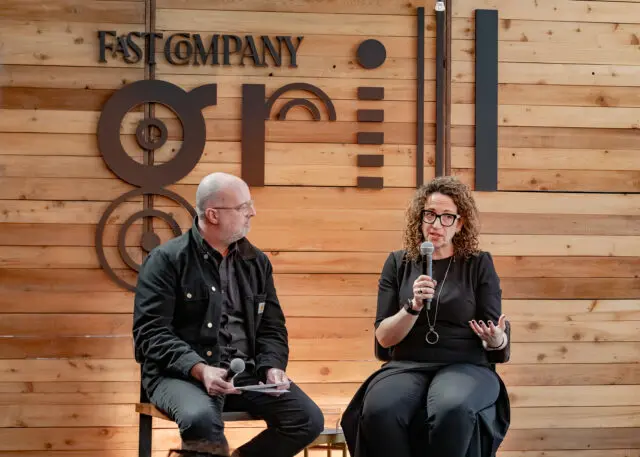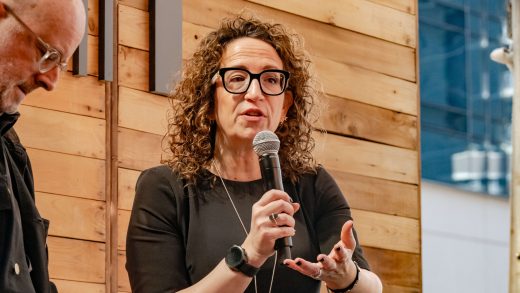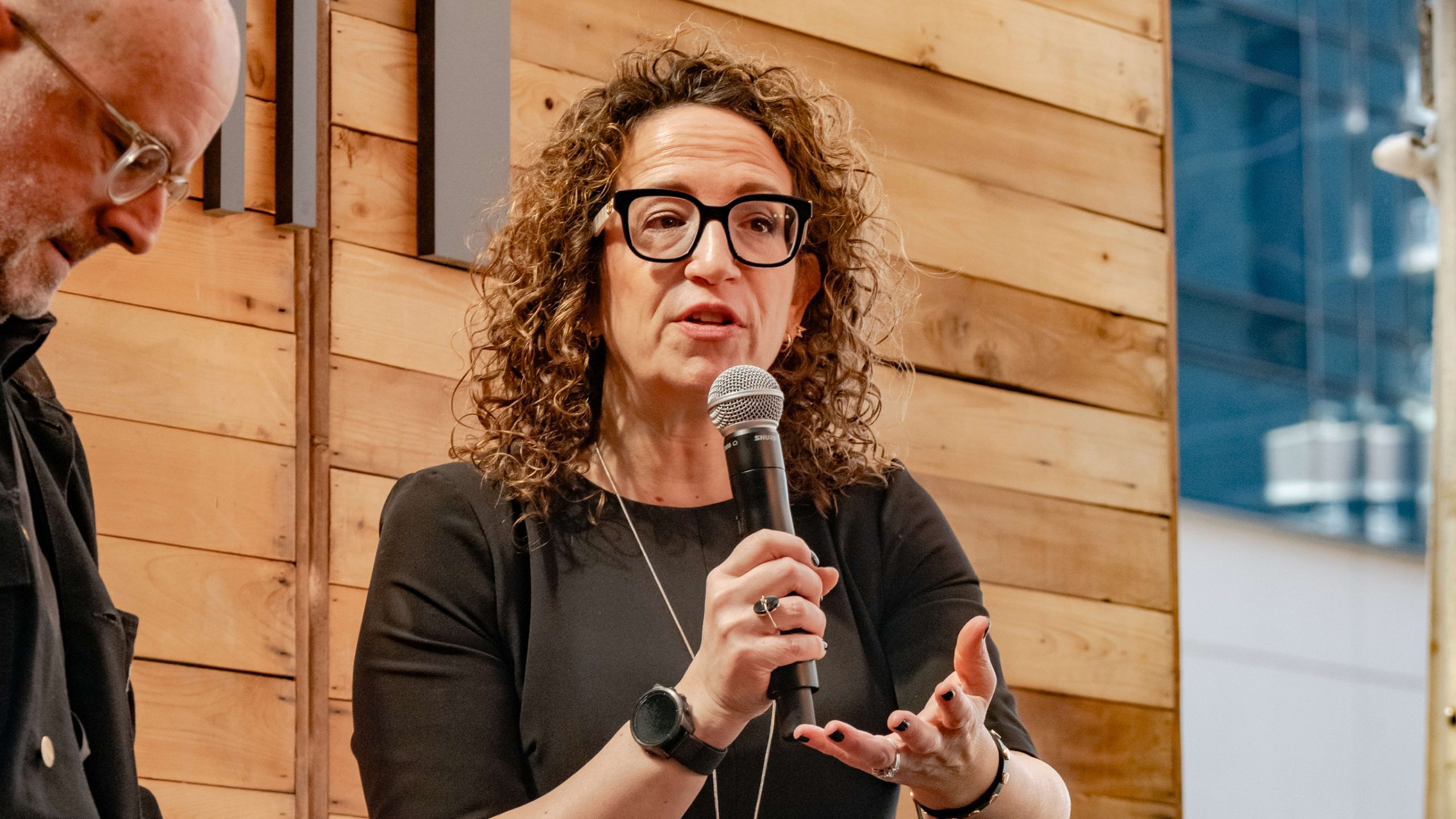This futurist predicts that everybody will have an AI digital twin
This futurist predicts that everybody will have an AI digital twin
Amy Webb, founder of the Future Today Institute, offers some thoughts on the artificial-intelligence-meets-biotech ‘supercycle’ we’re in today.
BY Emily Price
The Future Today Institute has released its 17th Annual Tech Trends Report, following some 900 trends across 16 industries and sectors. The theme of this year’s report is the “supercycle,” which, in general, is an extended period of booming demand that leads to elevated prices at unprecedented heights. A supercycle can last years or even decades, and leads to or is driven by structural change in the economy.
Brendan Vaughn, Fast Company’s editor-in-chief, sat down with Amy Webb, the founder of the Institute, at the Fast Company Grill at South by Southwest to discuss some of the highlights of the report.
Webb explained that most supercycles are kicked off by an event: For instance, the invention of the steam engine kicked off the Industrial Revolution, and the internet kicked off two decades of structural change.
“The difference between what’s happening right now and what happened in the past was that before, the supercycles were just one technology,” Webb said, noting that three technologies are pushing the current supercycle: artificial intelligence, biotech, and an ecosystem of interconnected wearables.
“We’re at the beginning of something that will really reshape human civilization,” she said. And through that, she believes companies that create infrastructure will be in high demand, and ultimately a lot of white-collar tech jobs will go away.
Rather than looking at what that means from a financial standpoint, the Institute’s report looks at the supercycle more holistically—how it will impact business, government, and society as a whole.
“I know everybody’s talking about artificial intelligence right now,” Webb said. “It is not new, it’s just that it’s broken through to the sort of critical mass, and it’s starting to create a flywheel of activity in other spaces.”

Webb says that AI is a foundational layer that is a catalyst for change in several areas.
In the short term, she asserts, we’re going to have to start making important decisions regarding AI. One big one is open source versus not open source. A closed model like OpenAI’s can be good because it creates a walled garden of sorts that can be hard to corrupt; however, you don’t necessarily know what data went into training the AI, and without that transparency the results you get from it can potentially be skewed.
On the other hand, a semi-open or fully-open model is more vulnerable and can be easily corrupted. For instance, when Llama 2 was launched from Facebook, someone cloned it and called it Llama 2 Uncensored, which Webb said you “could do really horrible things” with.
Now she says we’re at a point where the AI systems we’re using don’t necessarily need “more” data, but they need “more types” of data. For instance, we need to train AI in things like how people move around and how they might describe a particular smell. While we’ve captured a lot of the digital world in training these models, we haven’t captured much of the physical world, which is where something like Apple’s Vision Pro could come into play.
“I could see, going forward, everything having a digital twin,” Webb said, noting her belief that ultimately everything from your house and office building to your body will have a twin in the virtual world.
A physical world turned digital
Why is it useful to have a digital twin? “Because we can track changes over time, and that would be incredible for any building,” Webb said. “It also allows you to simulate and test changes in advance.”
Those digital twins come with a few challenges. For instance, Webb notes that we all have millions of motions we do each day that we aren’t even aware of. You might talk with your hands or scratch your eyebrows when you’re nervous.
“So the problem is, when you’re wearing a face computer, your face computer is going to start recognizing every single thing that you do,” she explained. “On the one hand, it’s good, it’ll identify and associate that information with you.”
However, that might become problematic if you have a personal and business account on your face computer, just like many of us do on work phones and computers now. That computer will still log activities as you—perhaps very personal ones—even when you’re logged out of work and are at home.
“There is no way to reset your movement identity the way that you would reset a password. It is you. It’s who you are,” she said.
AI might also impact how we shop. Webb specifically pointed to the dynamic pricing we heard about a few weeks ago at Wendy’s. While Wendy’s wasn’t implementing surge pricing like everyone originally thought, the company is offering discounts on products during specific times of day.
Webb says that the next move after generative AI is likely generative biology: While we won’t have personalized medication right out of the gate, over time we’ll be able to have more personalized and better medication and medical care thanks to AI. And just like in supercycles past, as in the Industrial Revolution and the internet revolution, we’re on the precipice of change in almost every aspect of our lives.
ABOUT THE AUTHOR
Fast Company – technology
(9)



